site search
online catalog
"HOMESPUN" CONFEDERATE SHELL JACKET - PVT. WILLIAM B. MARSHALL, 2ND LOUISIANA CAVALRY

Hover to zoom

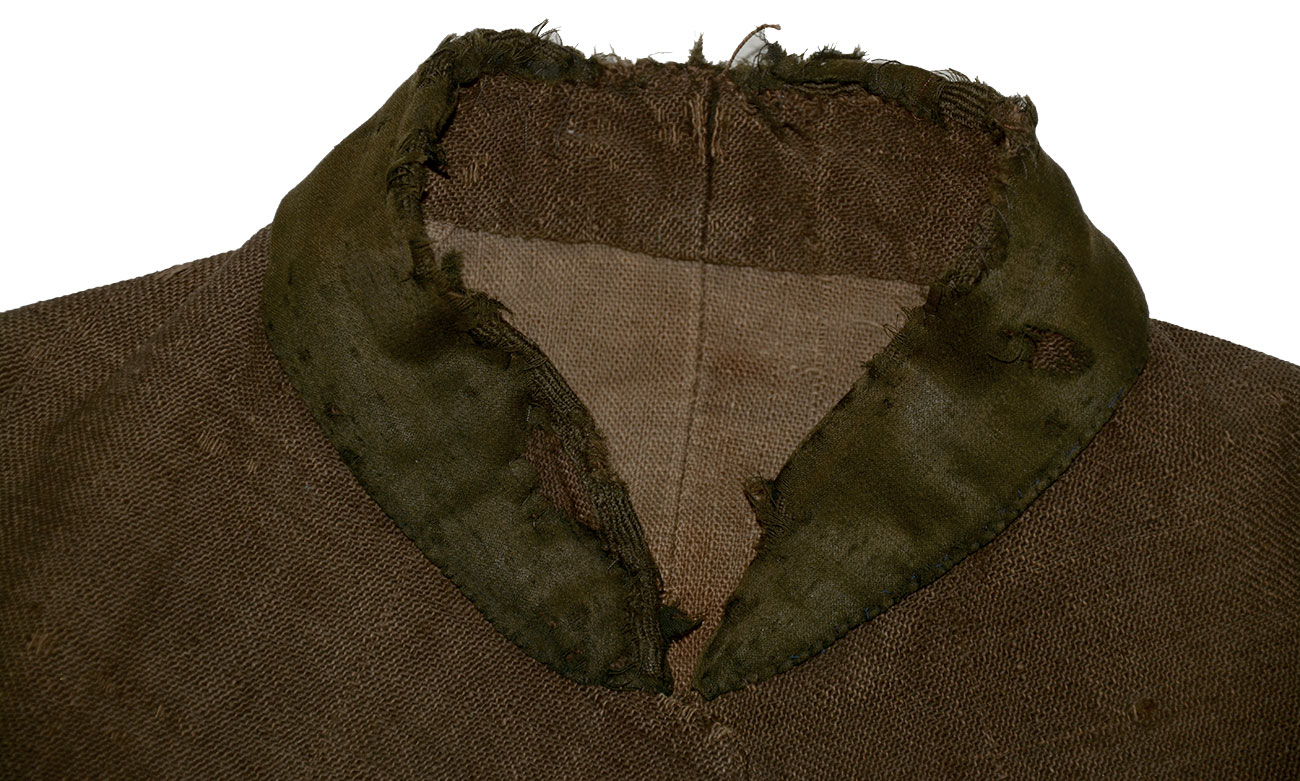
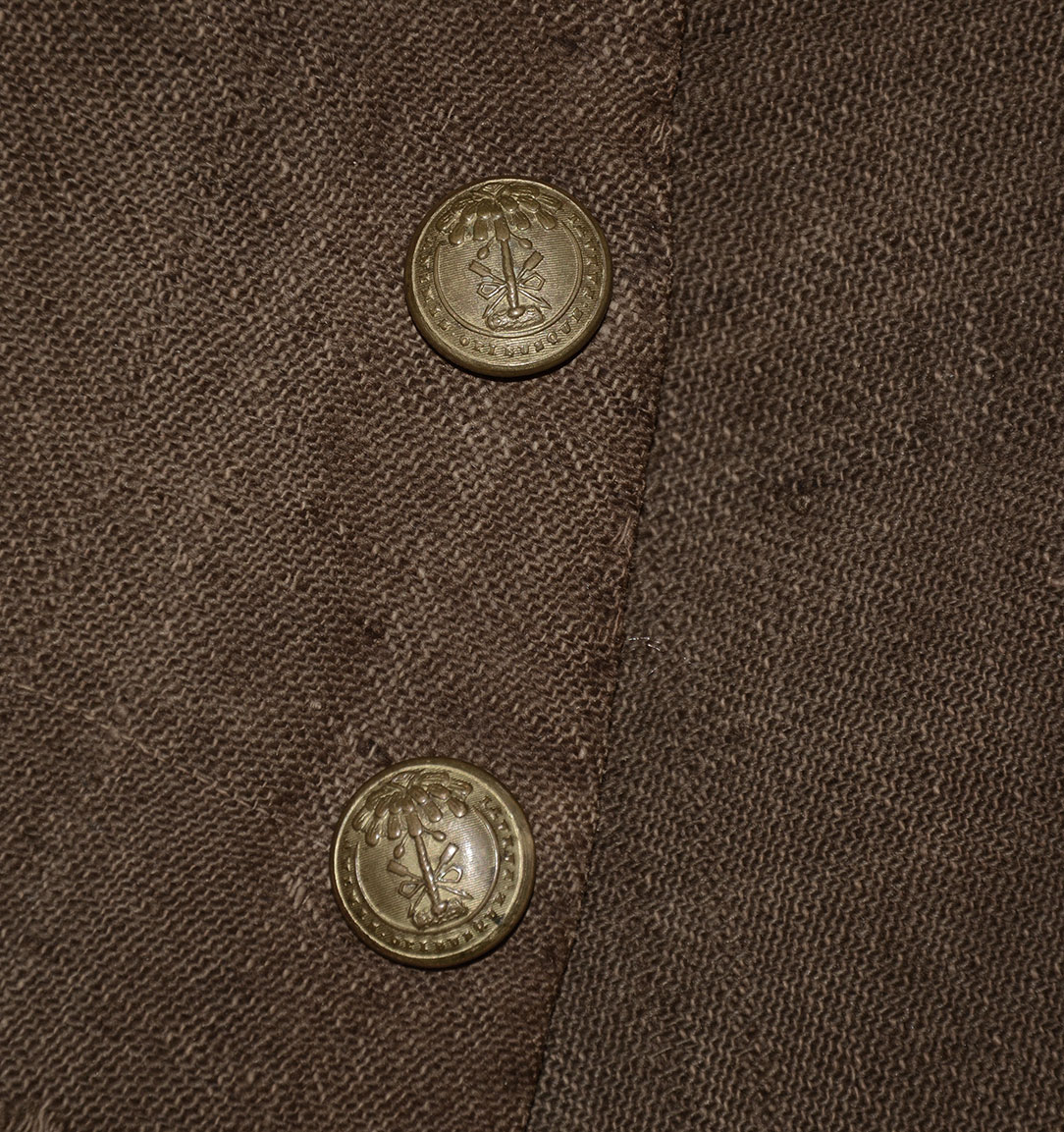
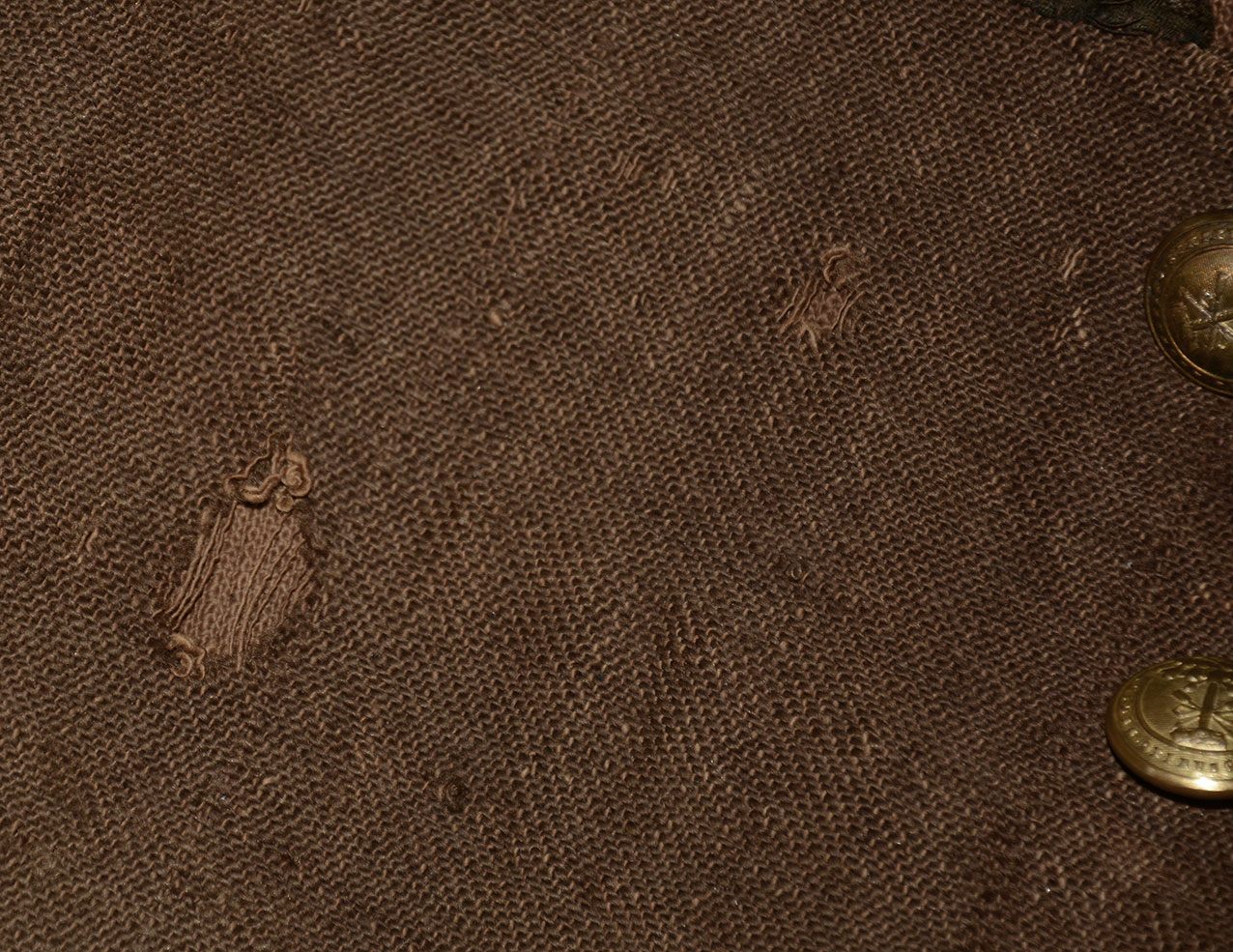
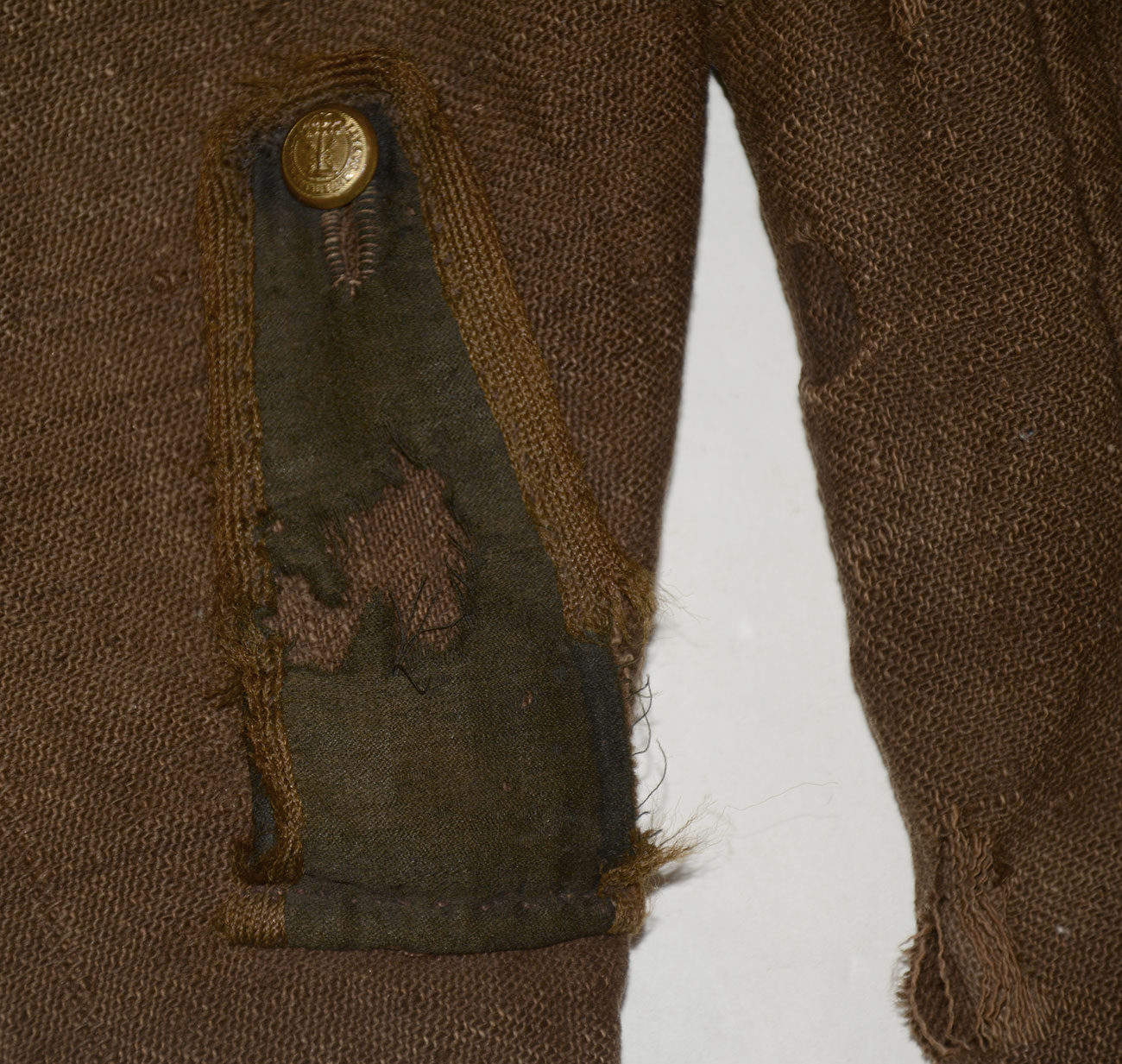
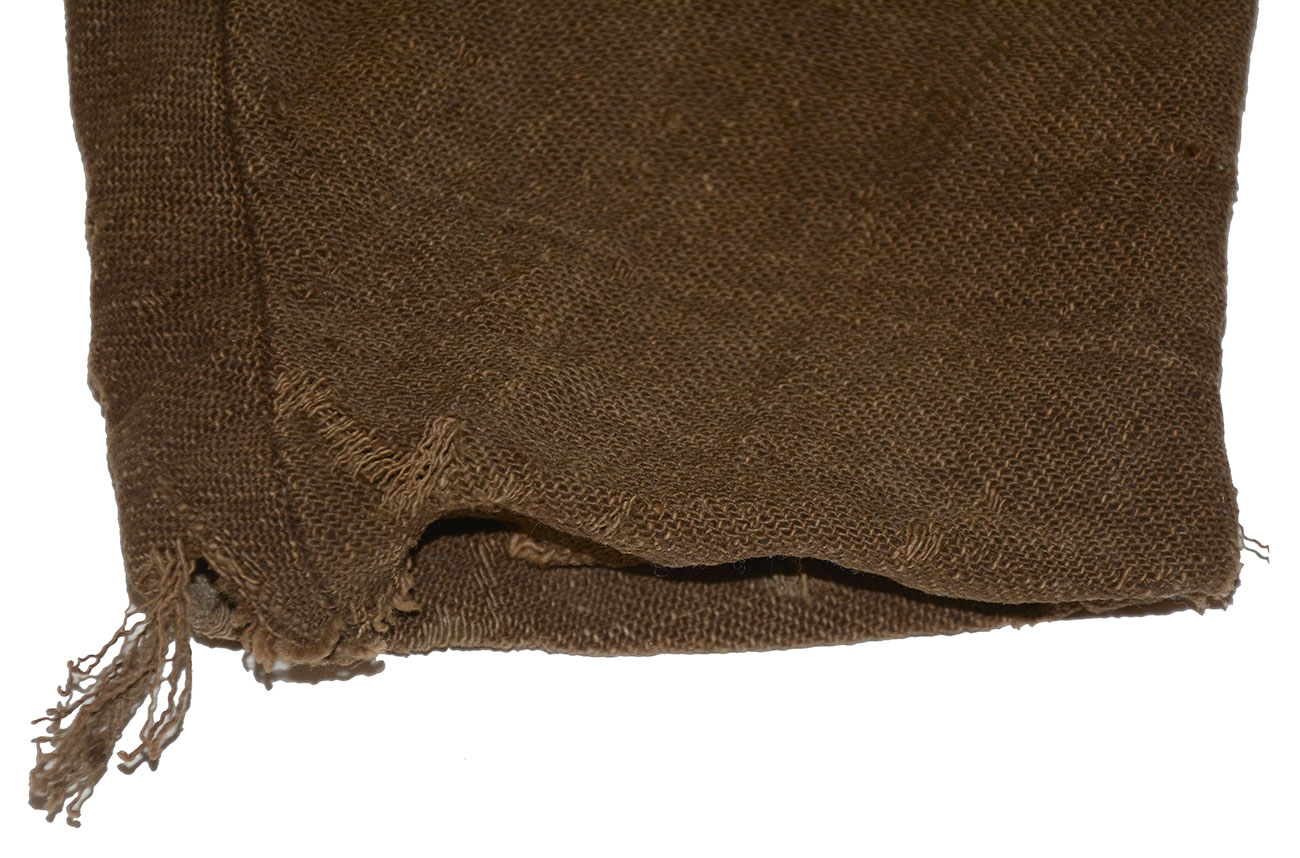
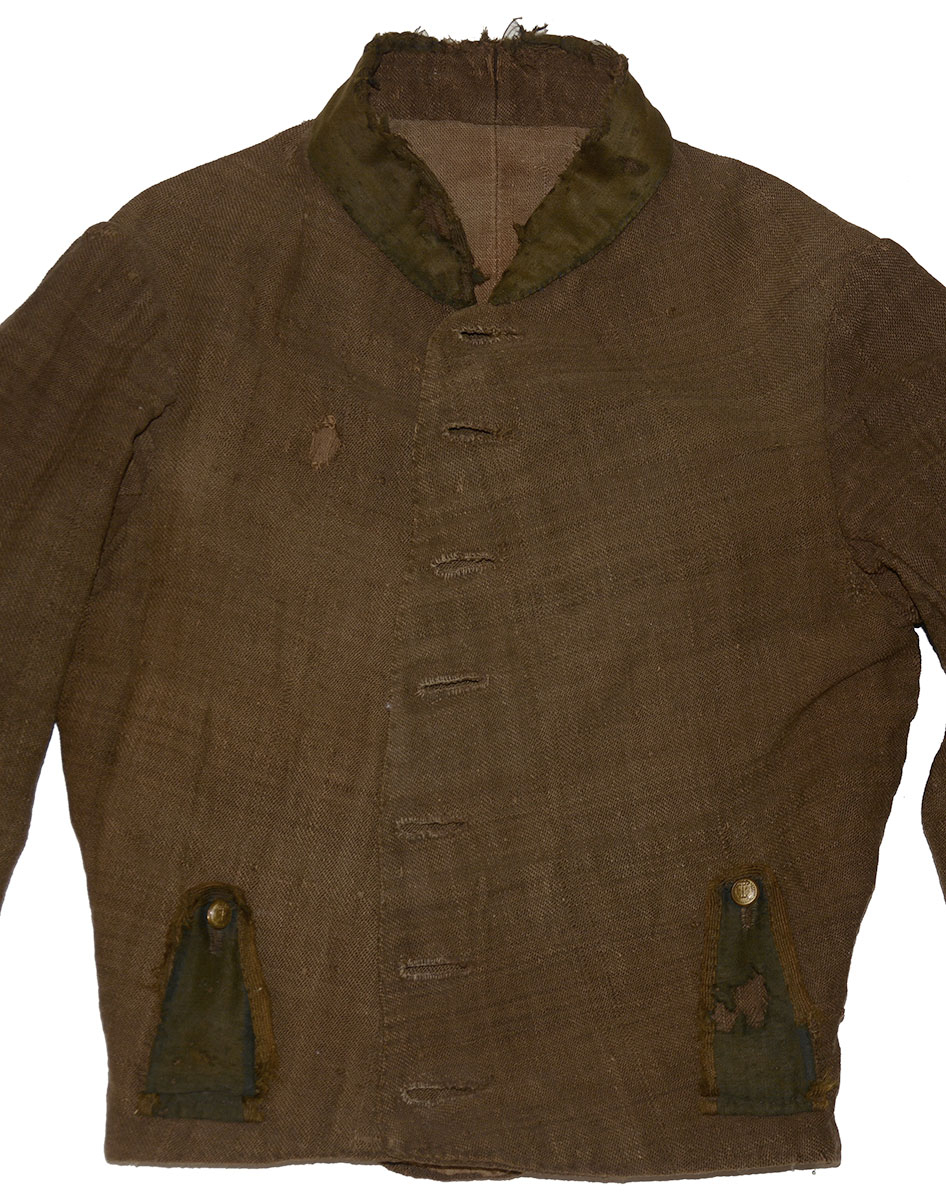
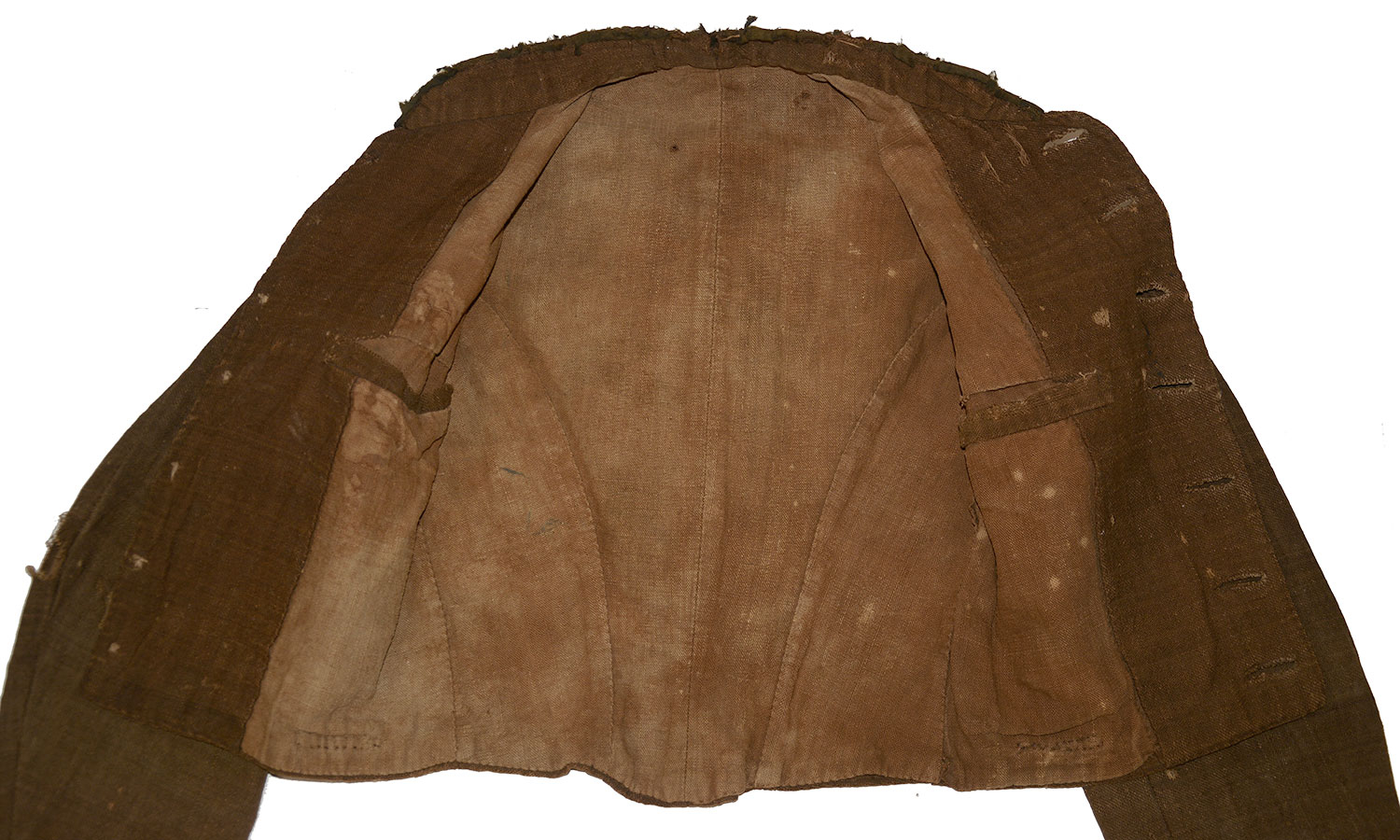
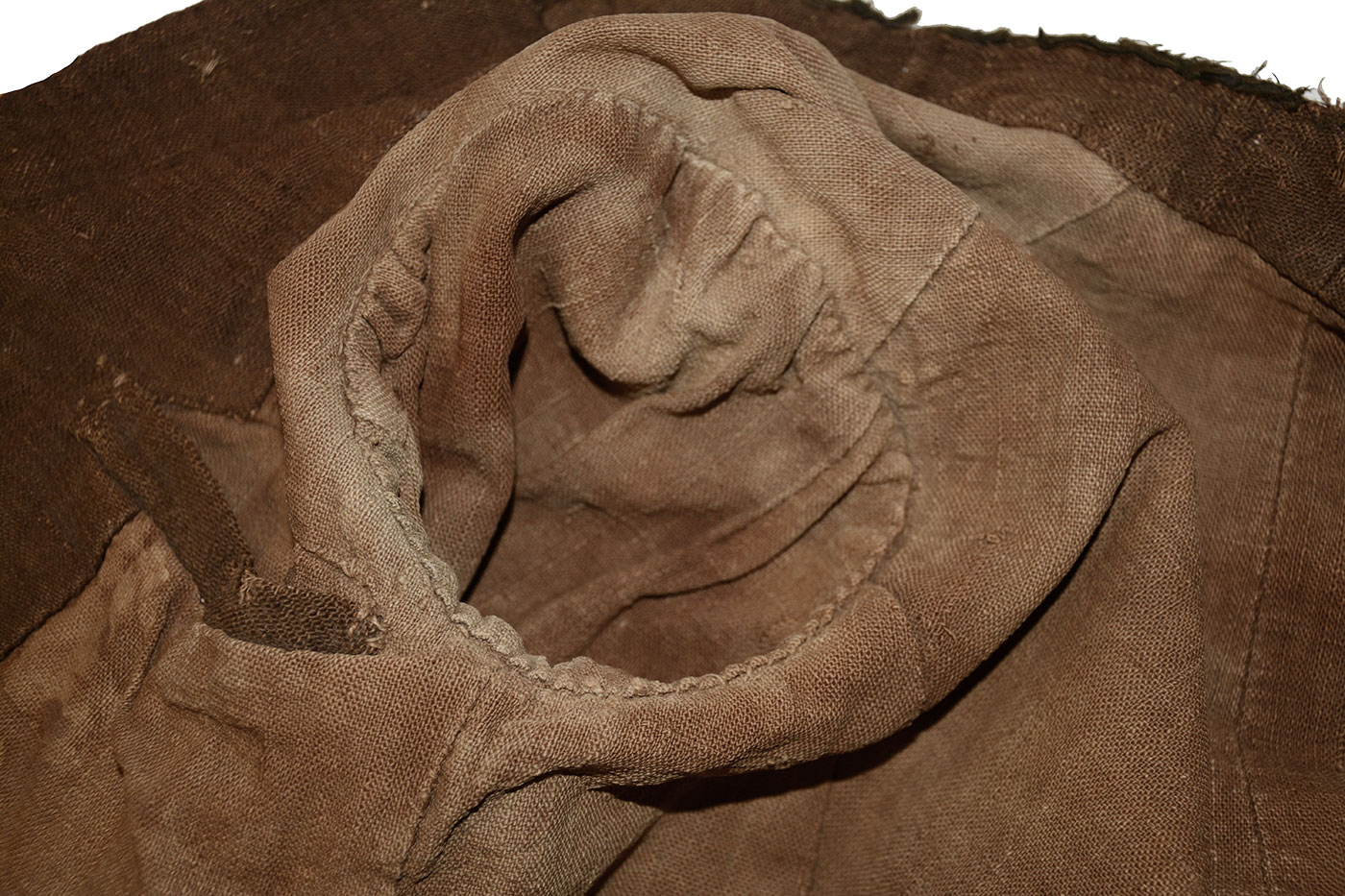
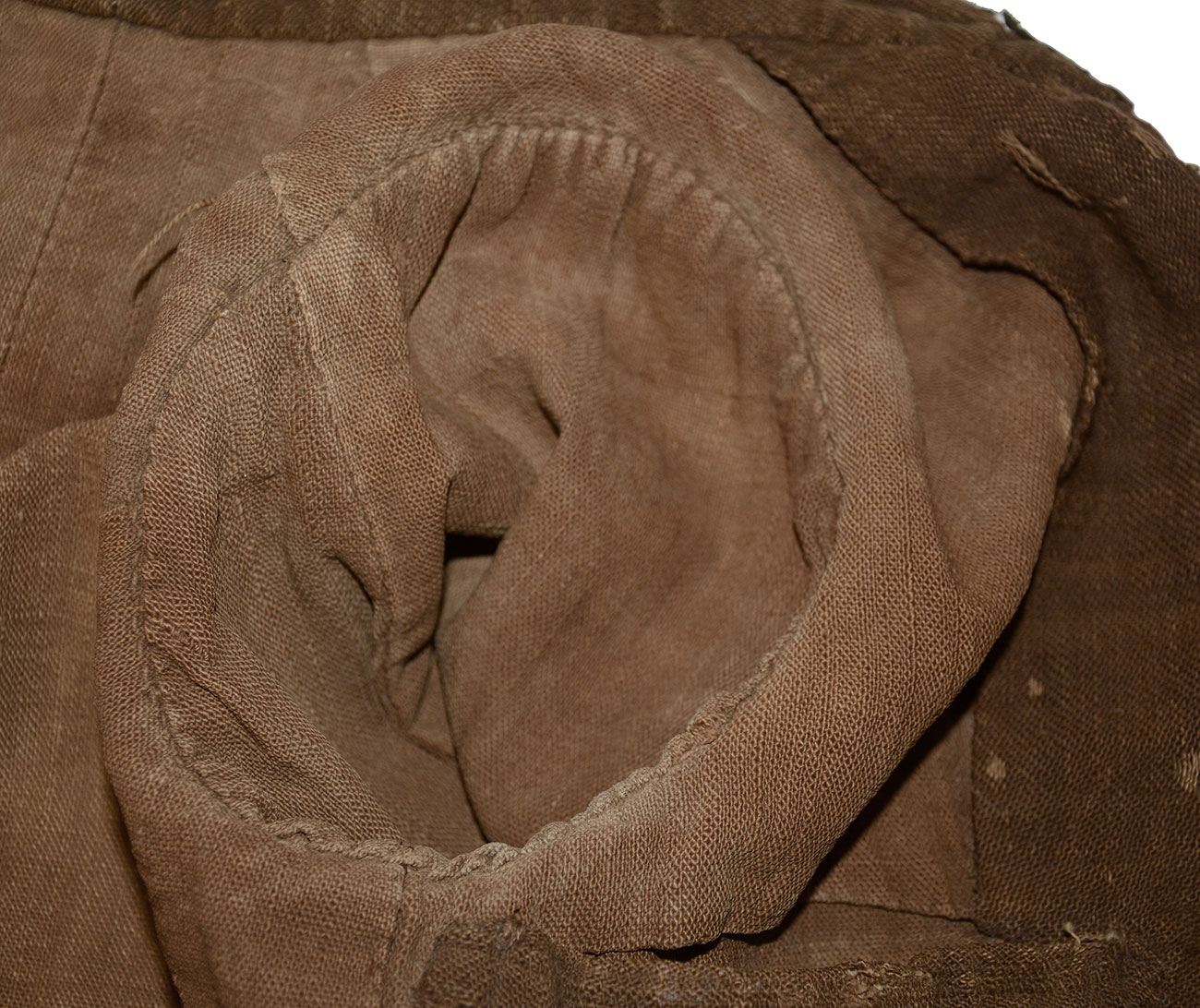

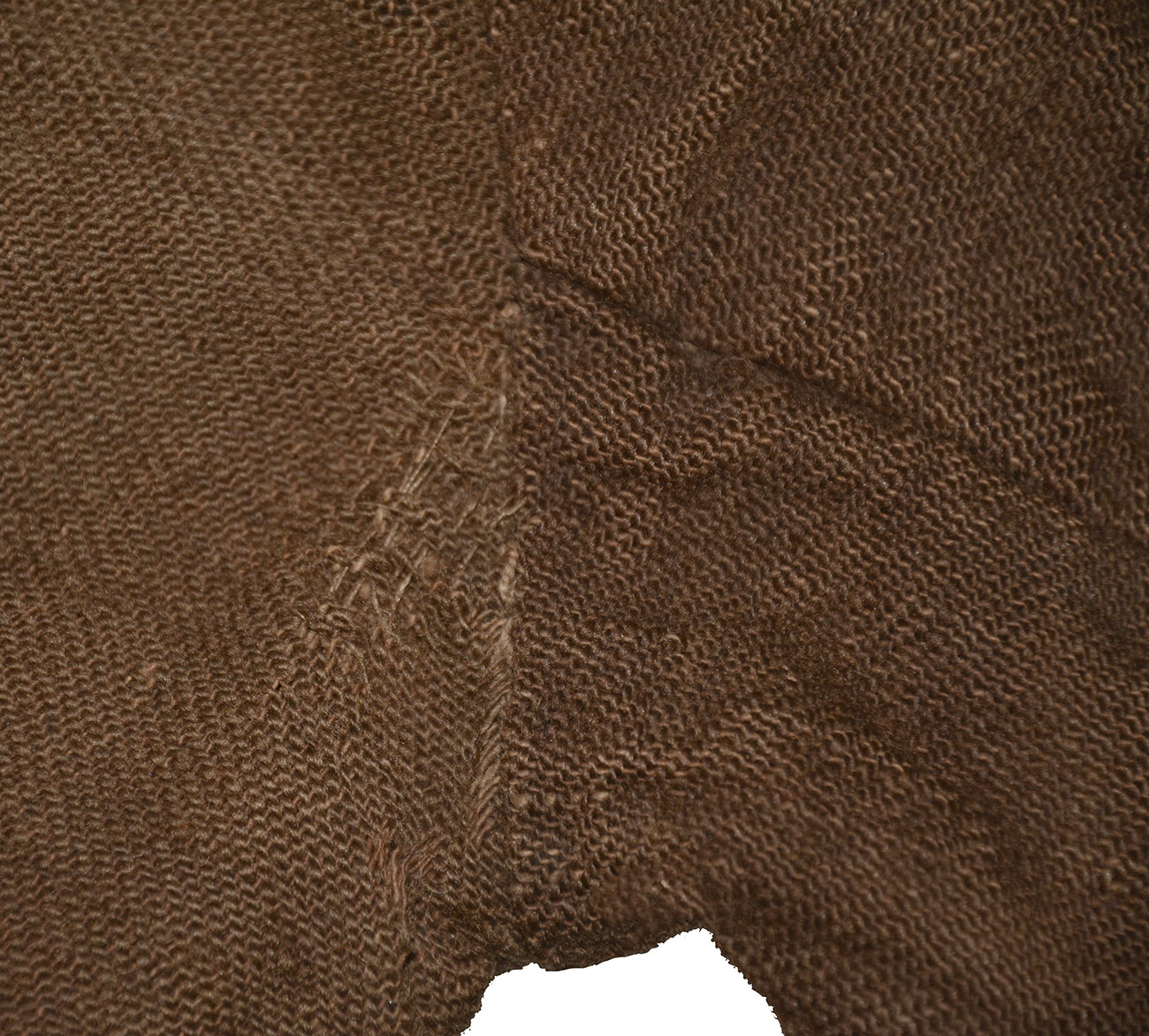
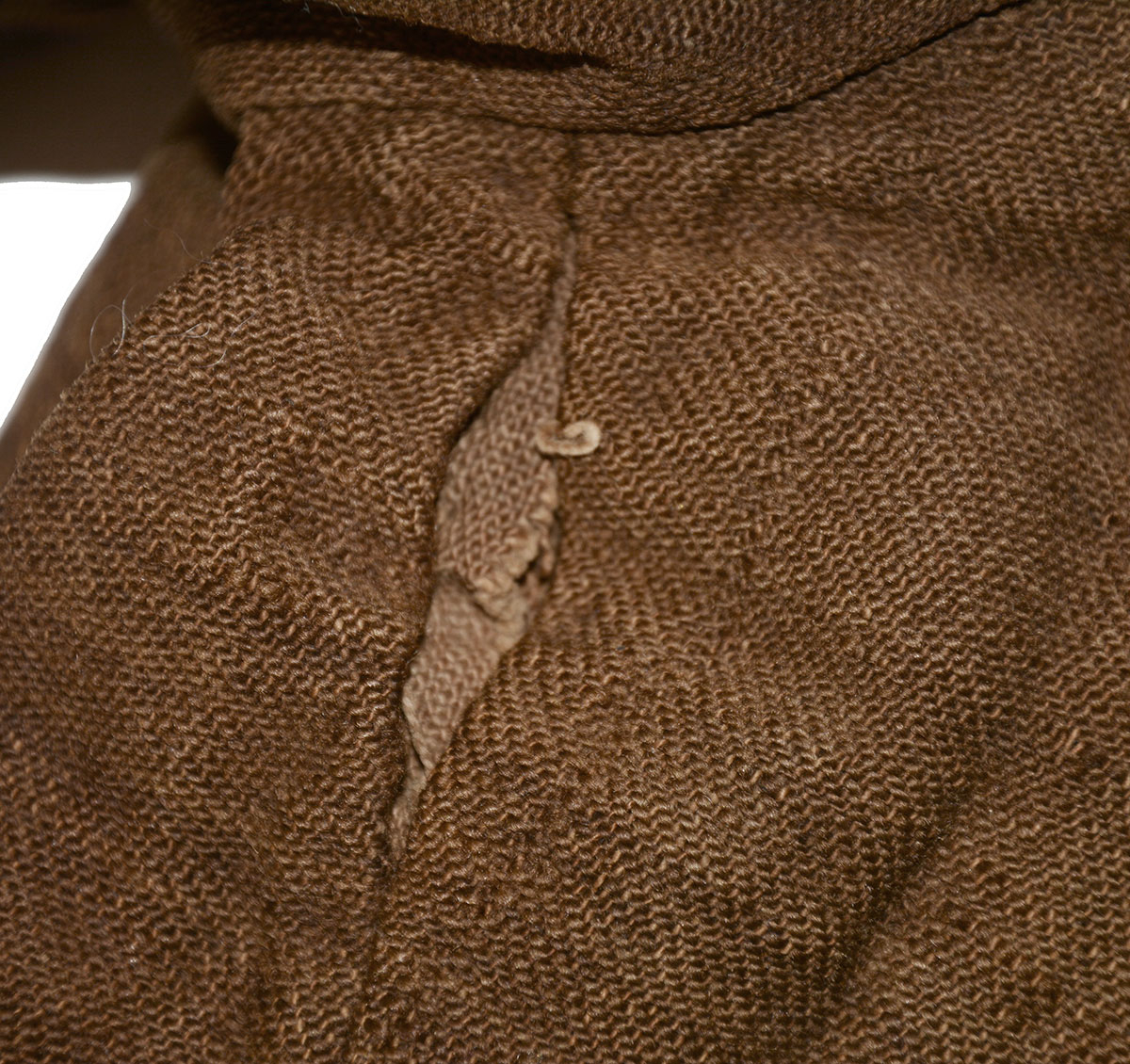
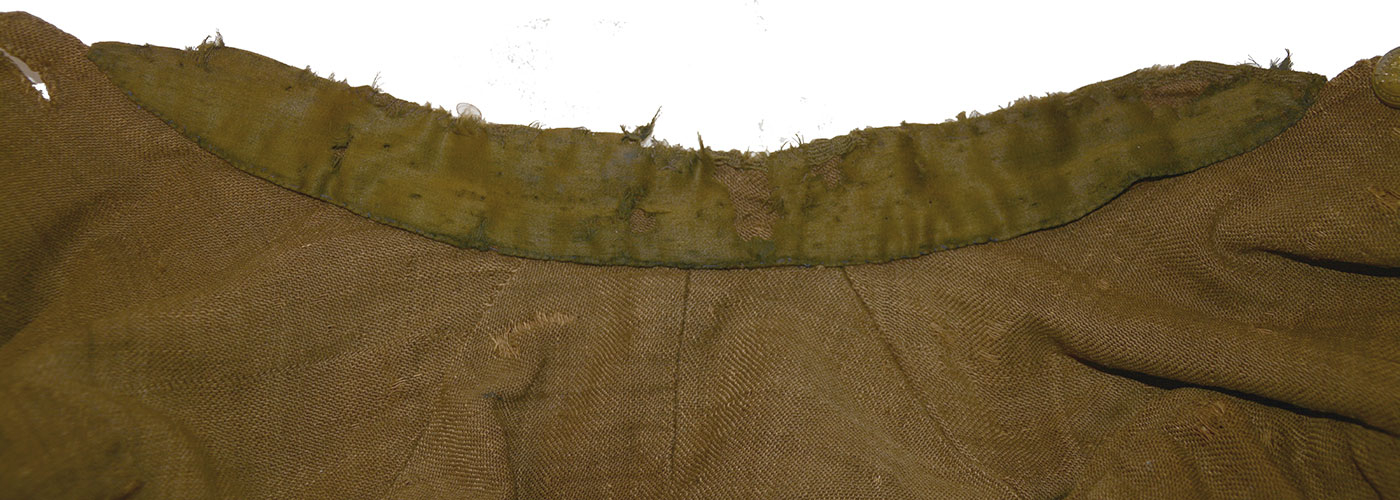
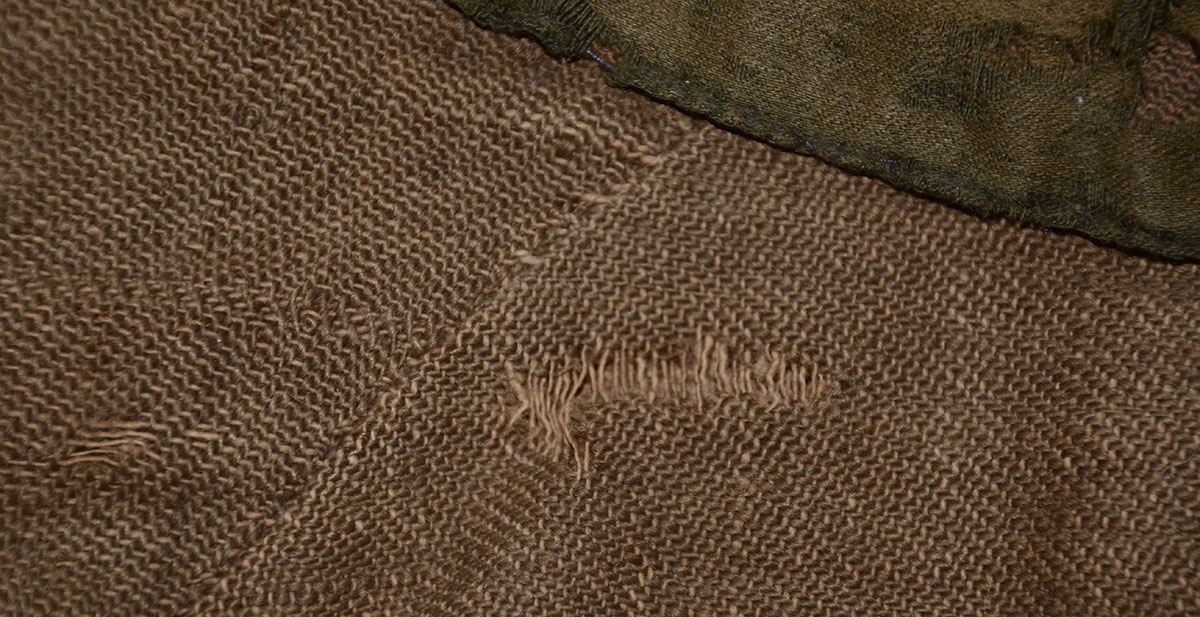
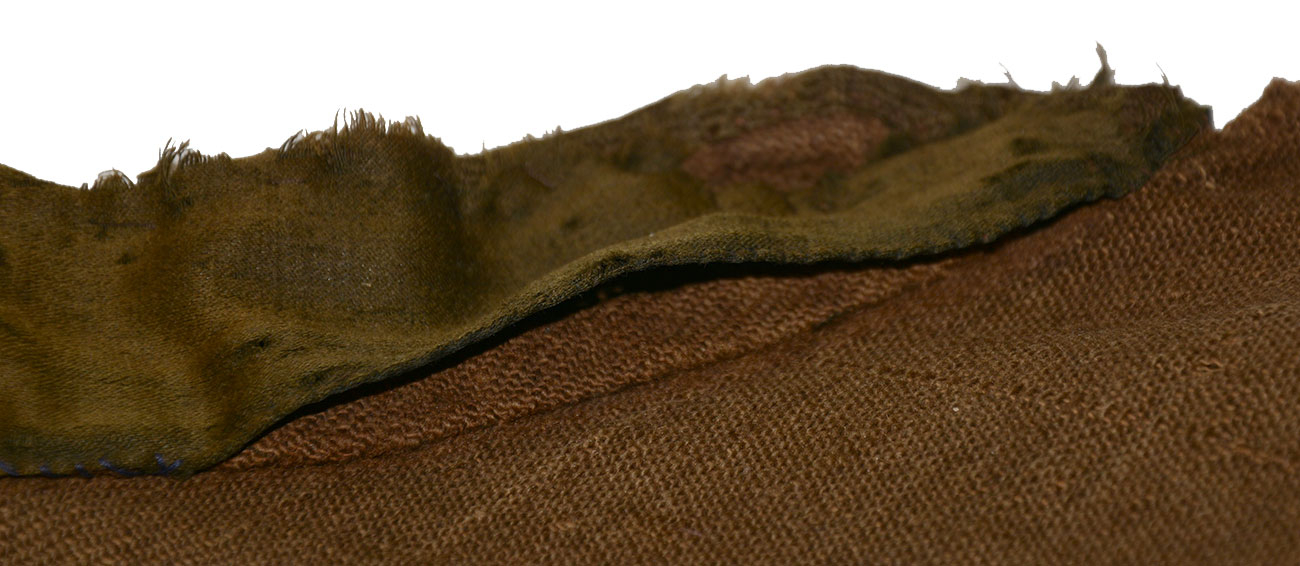
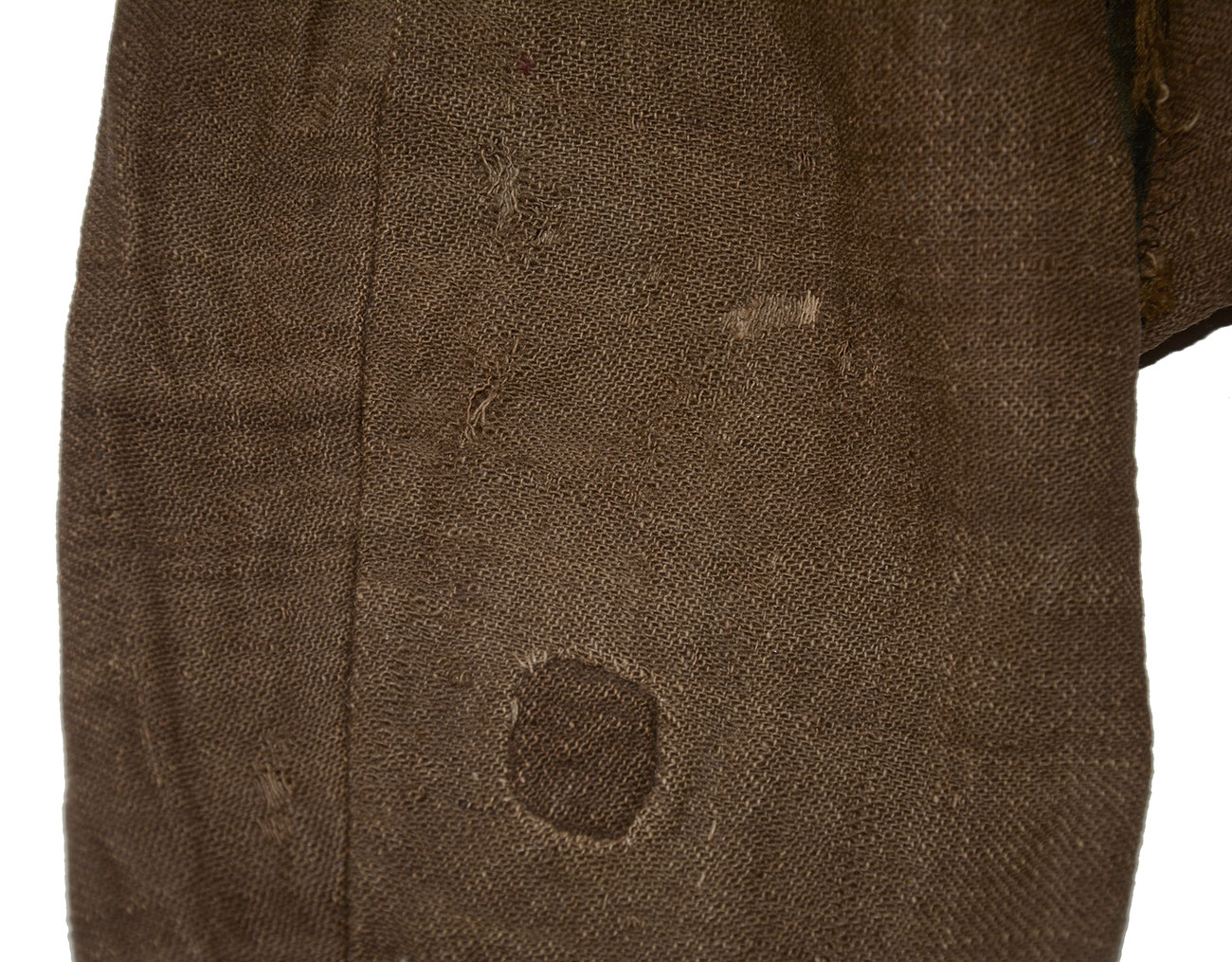
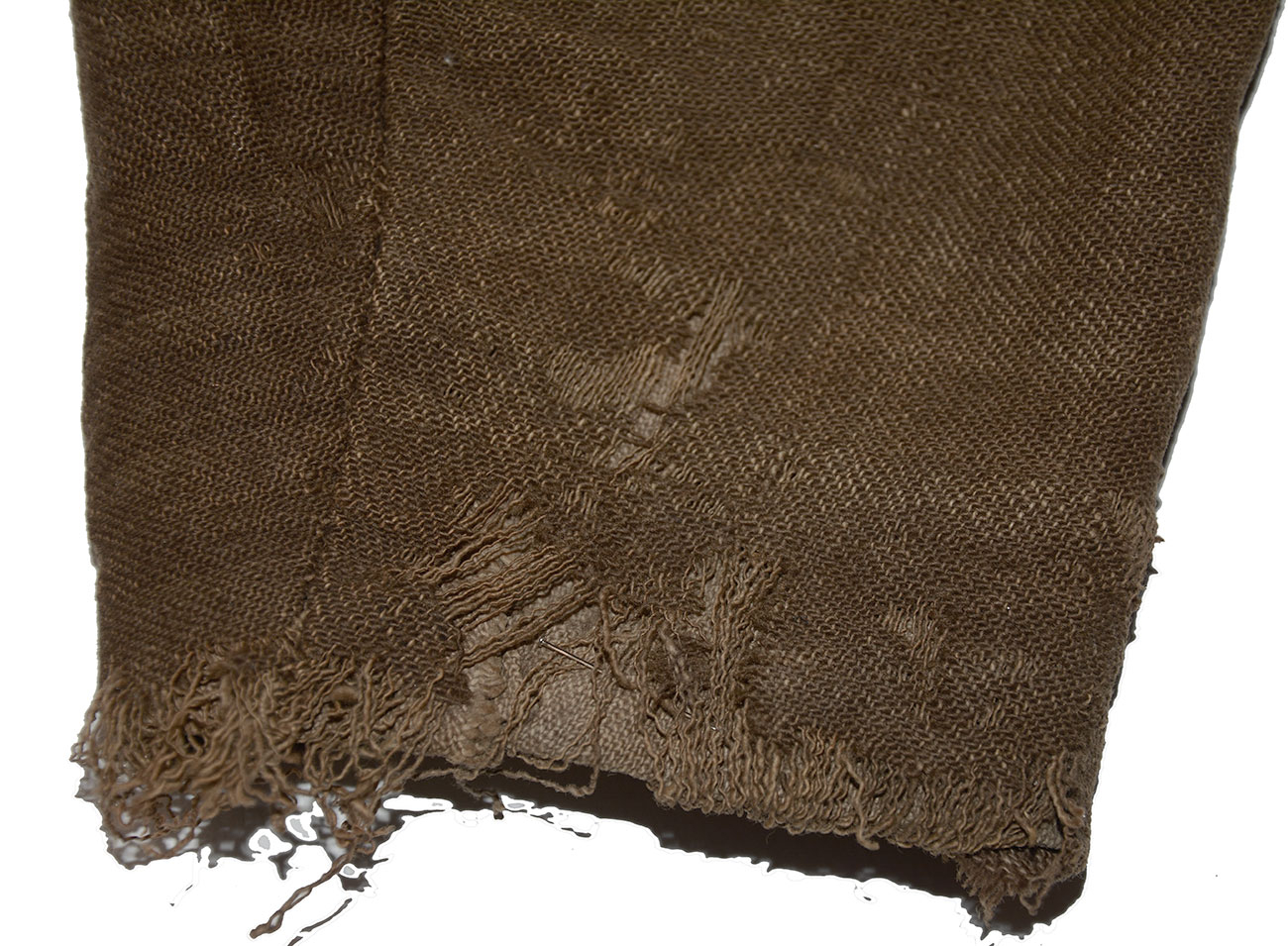
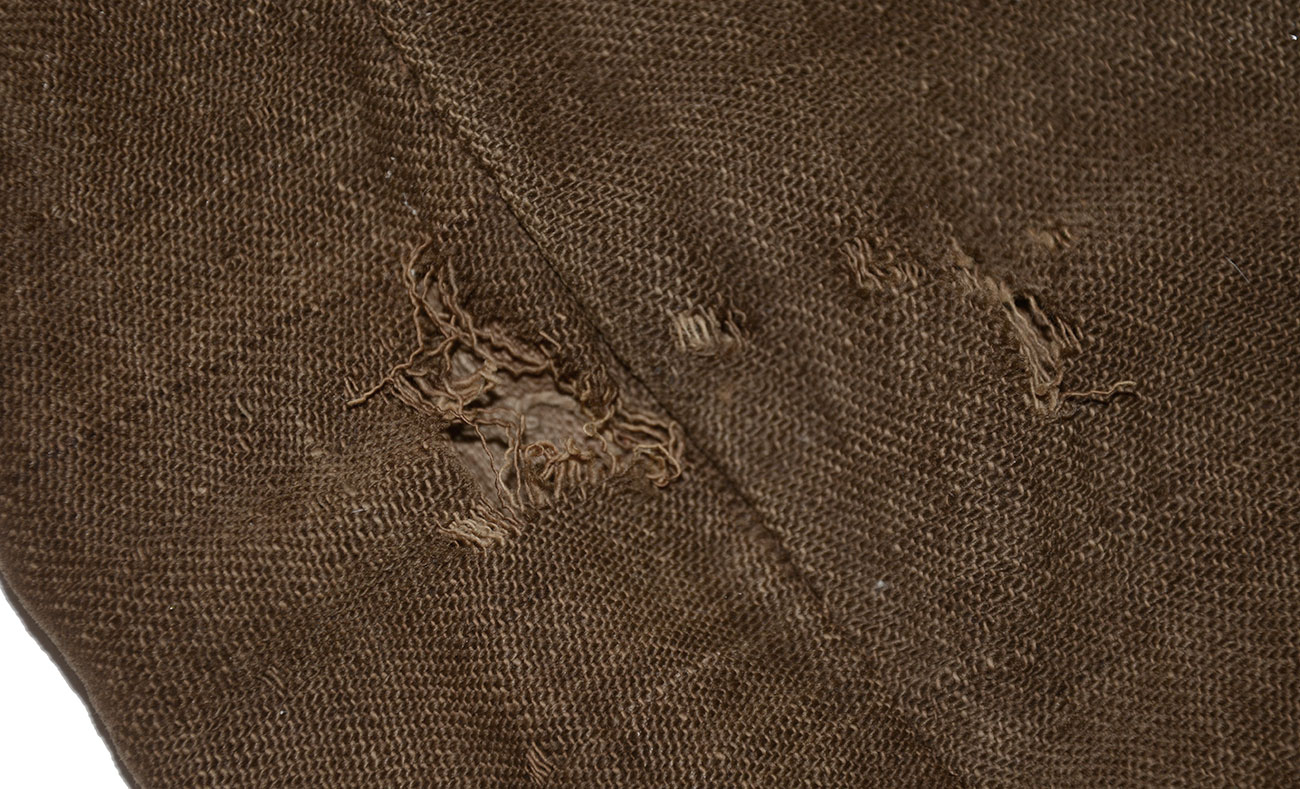
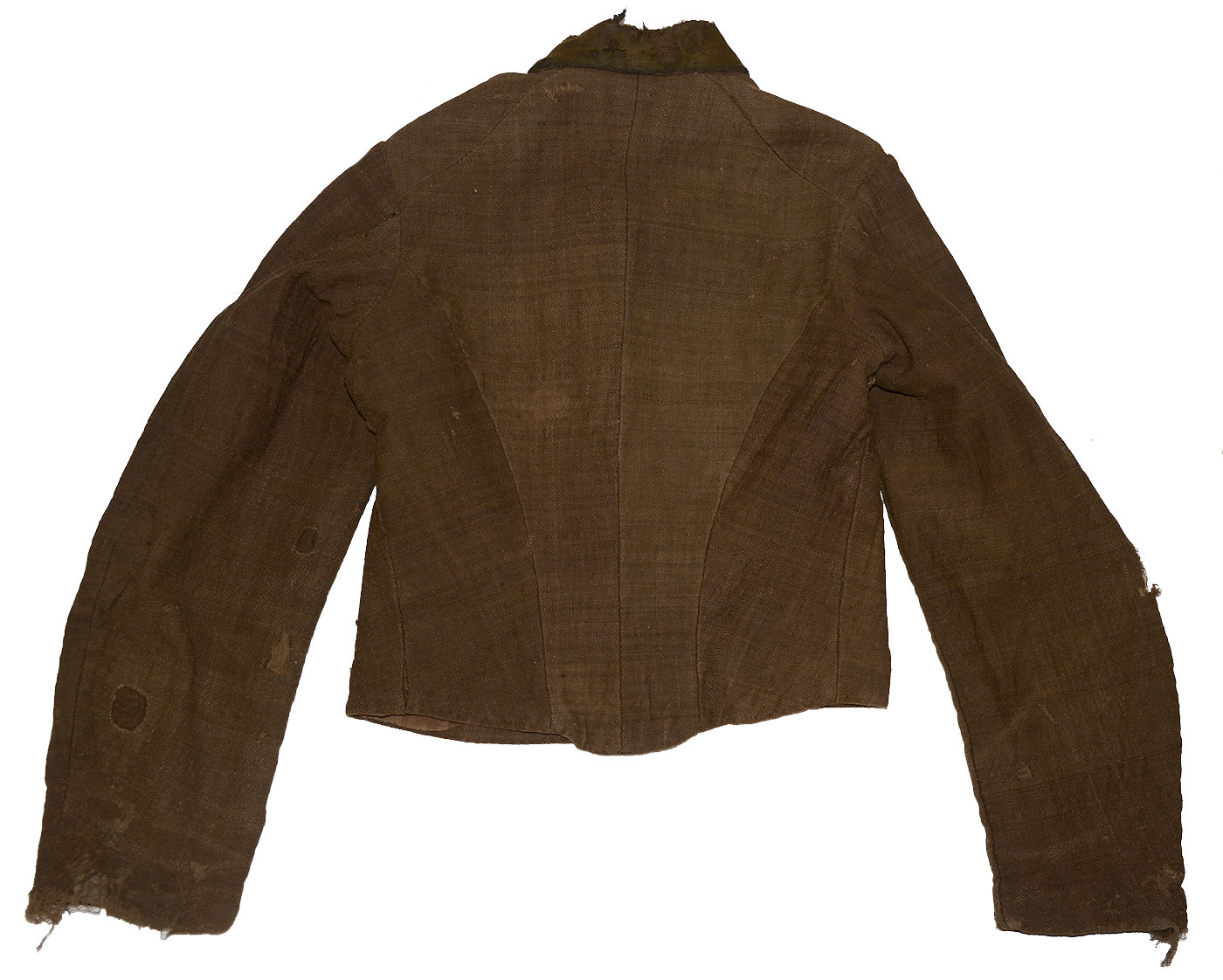
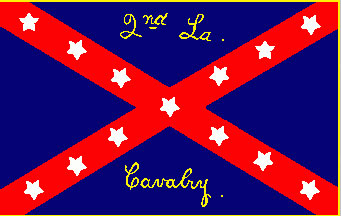
$49,500.00
Quantity Available: 1
Item Code: 1268-367
Shipping: Determined by Method & Location of buyer
To Order:
Call 717-334-0347,
Fax 717-334-5016, or E-mail
Private/trooper William B. Marshall trooper 2nd Louisiana cavalry wore this jacket until his death in a Union prison. Prior to it being in the Texas Civil War Museum it was the property of the author and highly respected collector Mr. Steven Mullinax.
HISTORY: The 2nd Louisiana Cavalry Regiment was organized during the summer of 1862 with men from the central and southern sections of the state. It was assigned to the Trans-Mississippi Department and served within the boundaries of Louisiana throughout the war. The unit confronted the Federals in many conflicts: Donaldsonville (September 21-25, 1862); Georgia Landing, near Labadieville (October 27, 1862); Bayou Teche (January 14, 1863); Fort Bisland [in reserve] (April 13-14, 1863); Irish Bend (April 14, 1863); Brashear City [detachment] (June 23, 1863); Red River Campaign (March-June 1864); Henderson’s Hill (March 21, 1864. In the fight at Henderson's Hill on March 21, 1864, it had 15 officers, and 192 men captured.); Mansfield (April 8, 1864). It continued to serve, then disbanded during the spring of 1865.
William B. Marshall was born into an elite family formerly from South Carolina. Henry Marshall Sr. was a ranking South Carolina militia officer in his younger days and during the war he was a Confederate Congressman for Louisiana. Here, in Louisiana, prior to the Civil War he had taken up residency with his family at the Plantation known as " Land's End". William B. enlisted in the Company G, 2nd Louisiana Cavalry on August 10th, 1862. Within just over a year, he was captured and possibly wounded at Irish Bend on April 14th, 1863. Part of the Union advance through Louisiana this was known as the Teche Campaign. Union troops of the 4th Division XIX Army Corps tried to halt supplies for Confederate troops coming from Texas. On this site on April 14, 1863, Confederate Major Gen. Richard Taylor along with the 28th La. Inf., 2nd La. Cav., 12th Inf. Bn., 4th Texas Cav., St. Mary's Cannoneers and the Gunboat Diana halted the Union advance while the remainder of Taylor's army moved north. This was a strategic victory for the North.
Trooper Marshall was soon paroled and returned to his command. Then During the Red River Campaign, he was once again captured this time near Henderson's Hill March 21, 1864. It was here that the flag for the Second Louisiana Cavalry was captured by William Ayers, second sergeant of Company H, 35th Iowa Volunteers. This flag was recently sold by the Horse Soldier (see attached). Sent to a federal prison Marshall soon fell ill and died in hospital in New Orleans on June 7th, 1865. His body was returned to the family and there remains little doubt that he was wearing it when returned to Land's End Plantation.
THE SHELL JACKET: The history, passed orally to Mr. Mullinax and Mr. Richey, has it that this jacket was made by William's older sisters from homespun fabric and "silk from the plantation draperies". The hand sewn shell jacket's material is a course jean cloth that was originally gray but has turned to a dark brown "butternut". Butternut is actually a slang term and not a specific color. Domestically produced CS enlisted uniforms were mostly made of jean clothe and colored with very poor dyes made of vegetables and nut shells. Their attempts at grey made with these dyes would quickly weather to a tan to brown color even if they started their life as grey. The Confederates never referred to themselves during the war as Butternuts this was Yankee derogatory slang. Butternut color was commonly seen in slave clothing. The 7-button single breasted front has hand whipped buttonholes and 7, original to this jacket (1 resewn), South Carolina state seal buttons made ca. 1850 by "YOUNG SMITH & CO. NEW YORK". The SC buttons used for this uniform certainly came from the pre-war militia coat of Henry Marshall Sr. The sleeves are 7 1/2 inches wide at the elbow. The sleeves are frayed at their bottoms from wear. The left sleeve has a Civil War repaired/patched 1 inch by 3/4-inch hole that appears to be from a bullet hole? It may be the case that Marshall was wounded at Irish Bend where he was first captured (this cries out for more research). The 1 3/4-inch-high stand-up collar is faced in a black silk blend material and has aged to a brown-green color. It is lined inside with jean material and is frayed all around from wear. There are 2 belt loops on right and left hip area faced with the black silk blend fabric found on the collar. These are 2 inches wide at the bottom and at the top are held closed by 2 small cuff size South Carolina state seal buttons made by "HORSTMANN". The shell jacket is lined with muslin which appears to have always been a brown shade. There are 2 interior pockets right and left breast. Overall, the jacket is in very good condition with minor losses, not resulting from insects, but rather honest period field use which one expects.
This is a really wonderful shell jacket with a great history. [pe][ph:L]
~~~~~~~~~~~~~~~~~~~~~~~~~~~~~~~~~~~
THIS ITEM, AS WITH ALL OTHER ITEMS AVAILABLE ON OUR WEB SITE,
MAY BE PURCHASED THROUGH OUR LAYAWAY PROGRAM.
CLICK HERE FOR OUR POLICIES AND TERMS.
THANK YOU!
Inquire About "HOMESPUN" CONFEDERATE SHELL JACKET - PVT. WILLIAM B. MARSHALL, 2ND LOUISIANA CAVALRY
Most Popular
Historical Firearms Stolen From The National Civil War Museum In Harrisburg, Pa »
Theft From Gravesite Of Gen. John Reynolds »
Selection Of Unframed Prints By Don Troiani »
Fine Condition Brass Infantry Bugle Insignia »
Large English Bowie Knife With Sheath 1870’S – 1880’S »
Imported (Clauberg) Us Model 1860 Light Cavalry Officer's Saber »
featured item
THIRD VERMONT INFANTRY NCO'S UNIFORM GROUPING
The offering consists of not only a federal soldier's frock coat, vest and trousers but a revolver, a corps badge and a host of personal items wartime and postwar. William W. Hendrick from Concord Vermont enlisted in the 3rd Vermont Infantry on June… (1268-270). Learn More »


